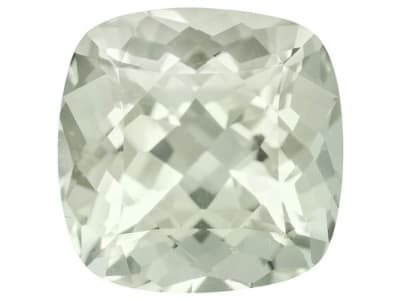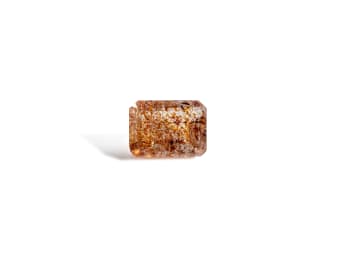Oligoclase is a member of the plagioclase feldspar group. Two oligoclase varieties, sunstone and moonstone, are prized for their phenomenal optical properties.
General Information
Tolerance:(+0.004/-0.006)
LWUV: Inert
Oligoclase Colors
-
 Brown
Brown -
 Colorless
Colorless -
 Gray
Gray -
 Green
Green -
 Orange
Orange -
 White
White -
 Yellow
Yellow
Countries of Origin
Myanmar; Cameroon; Papua New Guinea; Angola; Sudan; Malaysia; Kazakhstan; Paraguay; Portugal; Iceland; Armenia; Greece; Austria; Mozambique; Korea (the Republic of); Morocco; Unknown; Brazil; Guyana; Algeria; Chile; Ecuador; Argentina; Iran (Islamic Republic of); Hungary; Japan; Ukraine; Zambia; Bolivia (Plurinational State of); India; New Zealand; Canada; Turkey; Belgium; Namibia; Finland; Italy; South Africa; Antarctica; Peru; Ethiopia; Germany; Yemen; Tanzania, United Republic Of; Afghanistan; Russian Federation; Czechia; United States of America; Egypt; Chad; Madagascar; United Kingdom of Great Britain and Northern Ireland; Libya; Saudi Arabia; Sweden; Pakistan; Malawi; China; Saint Helena, Ascension and Tristan da Cunha; Poland; Slovakia; Bulgaria; France; Jordan; Serbia; Kyrgyzstan; Romania; Niger; Rwanda; Kenya; Switzerland; Spain; Mauritania; Saint Lucia; Norway; Botswana; Denmark; Mexico; Uganda; Zimbabwe; Australia; Greenland; Tajikistan; Indonesia
Optical Phenomena
Sunstone (Oligoclase)
Oligoclase sunstone contains hematite inclusions that catch the light. Oligoclase sunstone is called "aventurescent feldspar" when inclusions are large and produce sparkling reflections. India is a source for this type of sunstone. Oligoclase sunstone will have a slightly high refractive index than Orthoclase sunstone.

